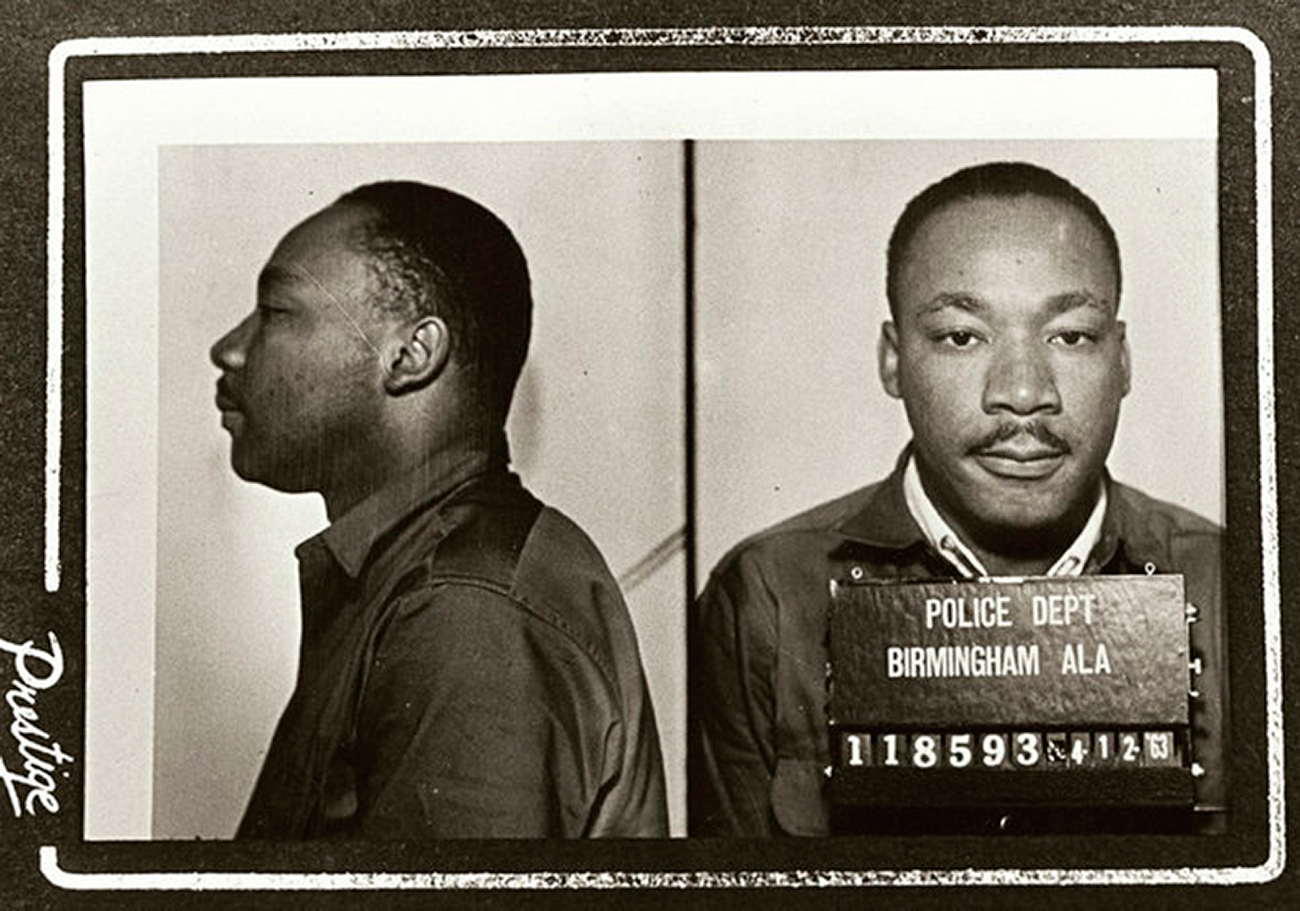Analysis:
 When writing “Martin Luther King’s Letter from a Birmingham Jail,” Martin Luther King mainly takes into account who his audience is to respond to the public statement directed toward him and to build his argument. Because his direct audience, or who he is directly responding to, is the group of clergymen who wrote the public statement, he makes sure to write in a style suitable for them. First, because they are clergymen, he makes sure to include many Bible references. In 1960s America, the fundamentalist clergymen know that they cannot deny or disprove anything stated in the Bible. Hence, King alludes to statements in the Bible to make it harder to refute his arguments and for the clergymen to understand his arguments easilier. For example, after the clergymen call King an extremist, King references Jesus by saying, “Jesus Christ, was an extremist for love, truth and goodness.” Knowing that it is nearly impossible for the clergymen to speak against this point, he uses this statement, along with many other statements like this, to back up his actions (the march and his “I have a Dream” speech) and convey his credibility. Additionally, King doesn’t want the clergymen to misunderstand and think that King believes that he is higher than them, so he constantly asks for forgiveness if he is too harsh or if he sounds demeaning. However, King also doesn’t want the clergymen to think that King believes that he is lower than them, so he explicitly states that he is writing this as “a fellow clergyman and a Christian brother.” He does this to reinforce his belief that all men are created equal. By using these strategies that take the audience into account, King is able to convey is hope, that “racial prejudice will soon pass away and [...] the radiant stars of love and brotherhood will shine over.”
When writing “Martin Luther King’s Letter from a Birmingham Jail,” Martin Luther King mainly takes into account who his audience is to respond to the public statement directed toward him and to build his argument. Because his direct audience, or who he is directly responding to, is the group of clergymen who wrote the public statement, he makes sure to write in a style suitable for them. First, because they are clergymen, he makes sure to include many Bible references. In 1960s America, the fundamentalist clergymen know that they cannot deny or disprove anything stated in the Bible. Hence, King alludes to statements in the Bible to make it harder to refute his arguments and for the clergymen to understand his arguments easilier. For example, after the clergymen call King an extremist, King references Jesus by saying, “Jesus Christ, was an extremist for love, truth and goodness.” Knowing that it is nearly impossible for the clergymen to speak against this point, he uses this statement, along with many other statements like this, to back up his actions (the march and his “I have a Dream” speech) and convey his credibility. Additionally, King doesn’t want the clergymen to misunderstand and think that King believes that he is higher than them, so he constantly asks for forgiveness if he is too harsh or if he sounds demeaning. However, King also doesn’t want the clergymen to think that King believes that he is lower than them, so he explicitly states that he is writing this as “a fellow clergyman and a Christian brother.” He does this to reinforce his belief that all men are created equal. By using these strategies that take the audience into account, King is able to convey is hope, that “racial prejudice will soon pass away and [...] the radiant stars of love and brotherhood will shine over.”
1 comment:
This is very interesting how did people respond towards his letter ?
Post a Comment